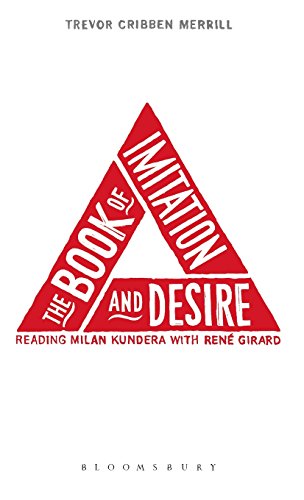

Most ebook files are in PDF format, so you can easily read them using various software such as Foxit Reader or directly on the Google Chrome browser.
Some ebook files are released by publishers in other formats such as .awz, .mobi, .epub, .fb2, etc. You may need to install specific software to read these formats on mobile/PC, such as Calibre.
Please read the tutorial at this link: https://ebookbell.com/faq
We offer FREE conversion to the popular formats you request; however, this may take some time. Therefore, right after payment, please email us, and we will try to provide the service as quickly as possible.
For some exceptional file formats or broken links (if any), please refrain from opening any disputes. Instead, email us first, and we will try to assist within a maximum of 6 hours.
EbookBell Team

5.0
18 reviewsTrevor Cribben Merrill offers a bold reassessment of Milan Kundera's place in the contemporary canon. Harold Bloom and others have dismissed the Franco-Czech author as a maker of "period pieces" that lost currency once the Berlin Wall fell. Merrill refutes this view, revealing a previously unexplored dimension of Kundera's fiction. Building on theorist René Girard's notion of "triangular desire," he shows that modern classics such as The Unbearable Lightness of Being and The Book of Laughter and Forgetting display a counterintuitive--and bitterly funny--understanding of human attraction.
Most works of fiction (and most movies, too) depict passionate feelings as deeply authentic and spontaneous. Kundera's novels and short stories overturn this romantic dogma. A pounding heart and sweaty palms could mean that we have found "the One" at last--or they could attest to the influence of a model whose desires we are unconsciously borrowing: our amorous predilections may owe less to personal taste or physical chemistry than they do to imitative desire.
At once a comprehensive survey of Kundera's novels and a witty introduction to Girard's mimetic theory, The Book of Imitation and Desire challenges our assumptions about human motive and renews our understanding of a major contemporary author.